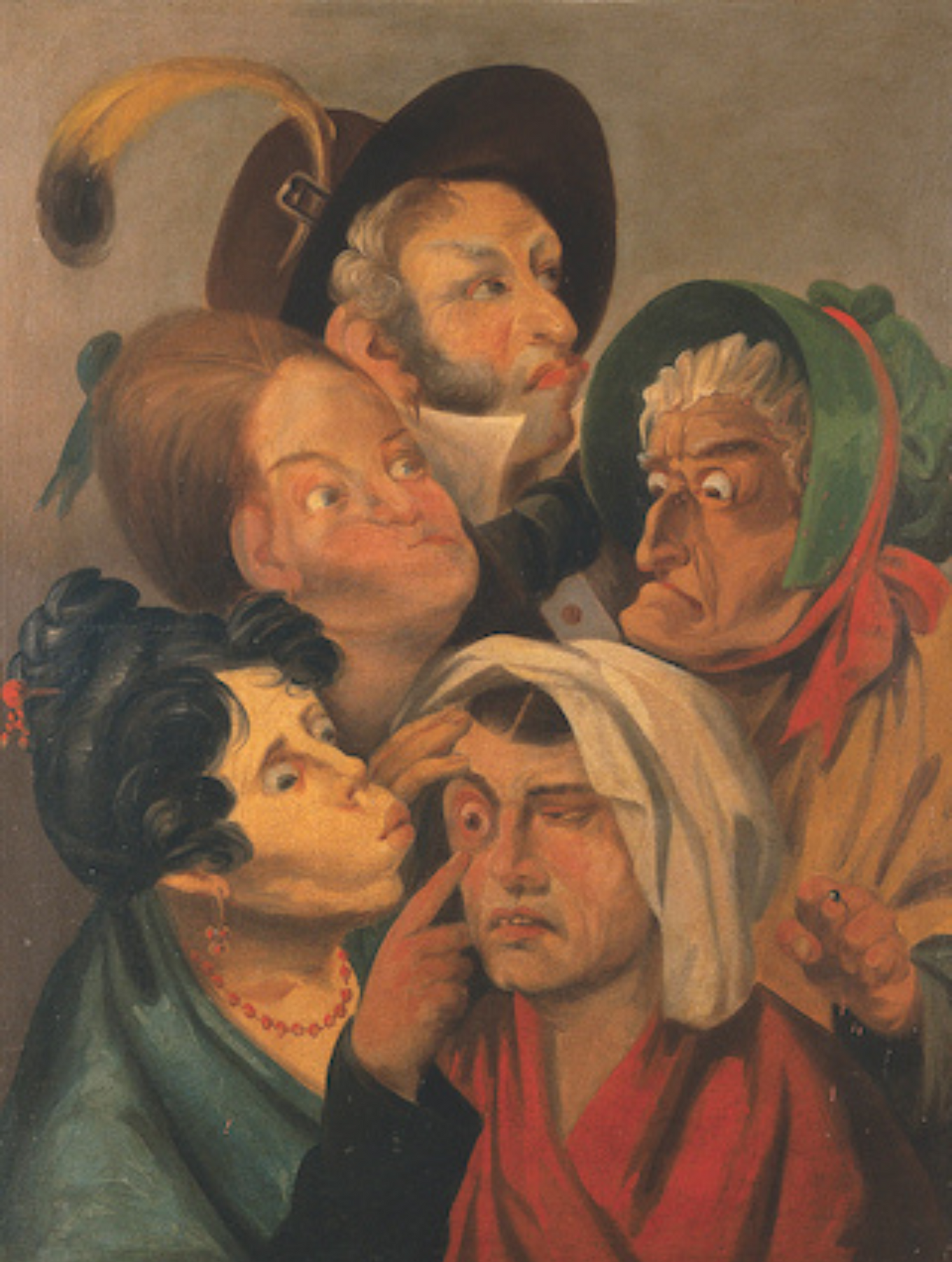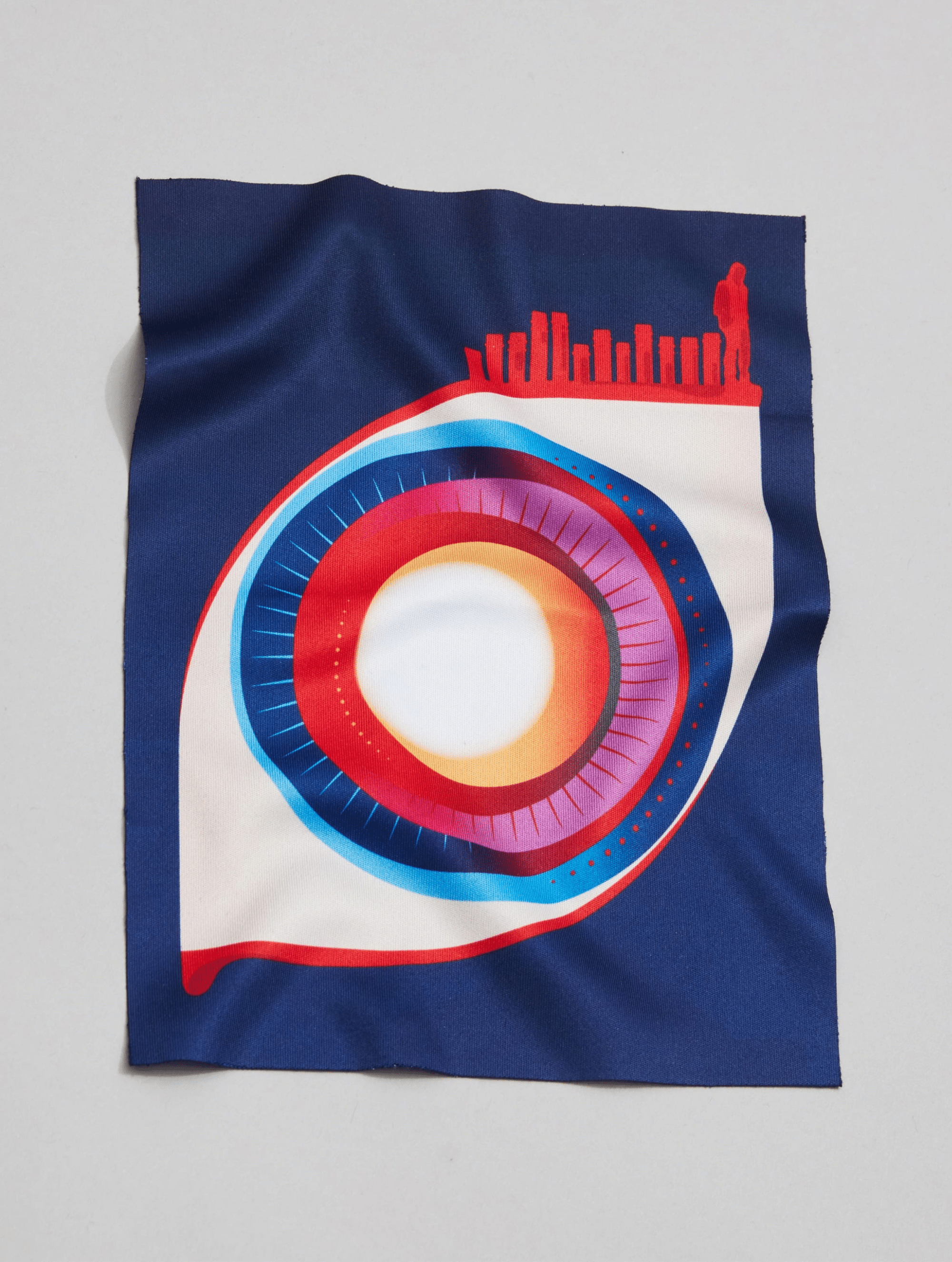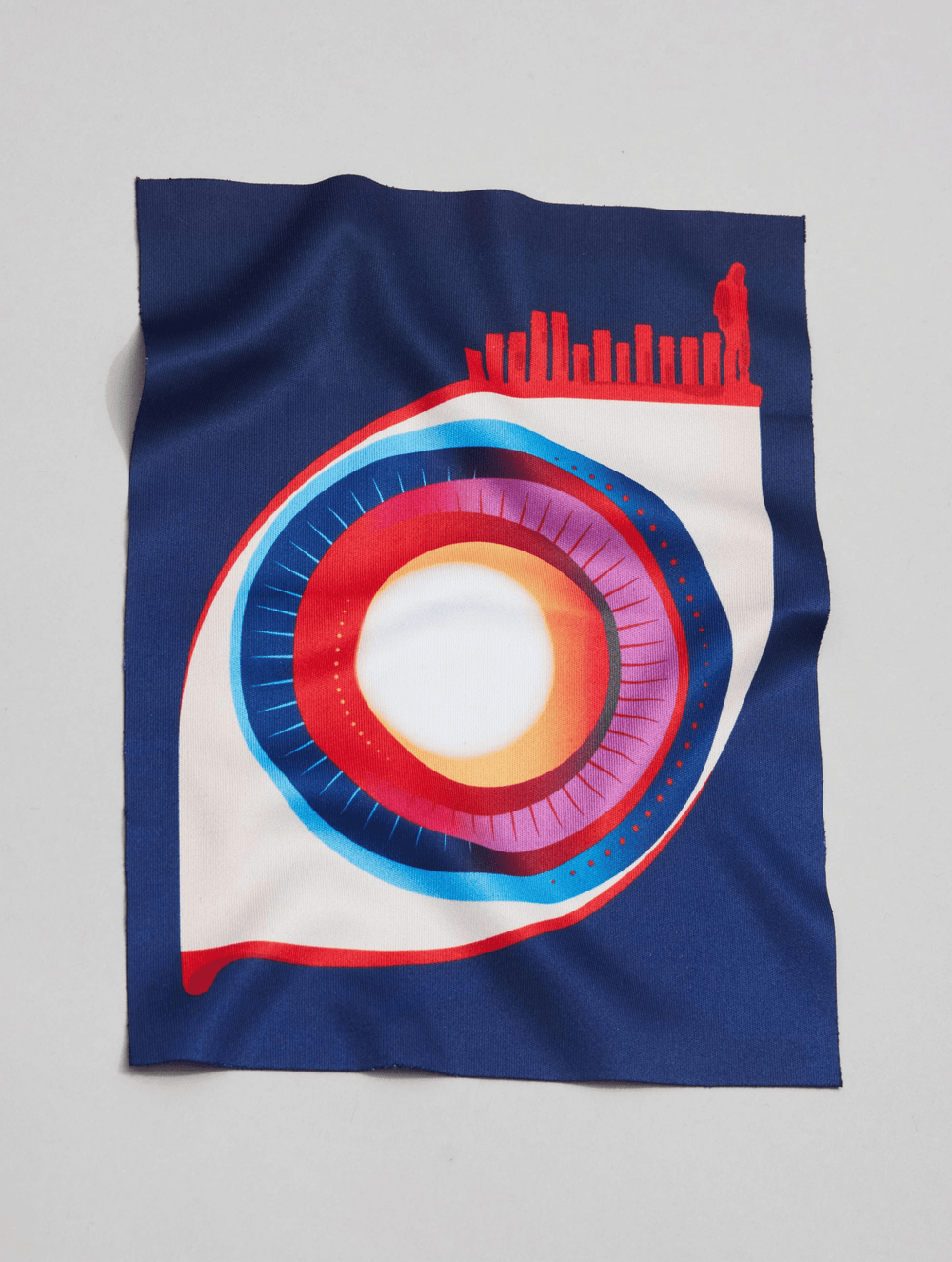Since the Ancient Greeks, poor eyesight has corresponded with visionary capability. The archetypal blind seer shows up again and again in mythology and literature of the period and beyond.
However, as with many medical conditions and disabilities, power structures of subsequent periods have consigned blindness and poor vision to the cultural margins, as Foucault elucidates in Madness and Civilization. Many great writers have been blind or suffered from low vision, perhaps most famously the Epic Greek poet Homer who was a blind bard, gifted with lyrical talent and a tenacious influence.
John Milton, poet and author of the epic Paradise Lost, experienced visual deterioration during the English Civil War until he suffered total loss of sight in 1652. Visual impairment affected the construction of his poetry as much as the content. Sonnet XIX is the oft-quoted hymn of blindness:
When I consider how my light is spent,
Ere half my days, in this dark world and wide
And that one talent which is death to hide
Lodged with me useless.
.png?v=0&options=w_180)
Despite his personal ordeals in 1656 (divorce, death of his second wife, loss of child, gout, and narrowly avoided execution for supporting regicide), Milton awoke every morning to dictate verses of Paradise Lost to his amanuensis – fancy word for ascribe. He would commit ten-line segments to memory each night in preparation for the morning’s work.
Considering the poem is ten-thousand lines, that’s some dedication. There are many theories around Milton’s blindness, yet the most likely causes are glaucoma, retinal detachment, a pituitary cyst, or optic neuropathy. Henry Fuseli’s painting Milton Dictating to His Daughter depicts Milton slumped in a throne, glassy-eyed, his daughters shrouded in light, penning his Biblical epic.
Suffering from syphilitic uveitis, modernist luminary James Joyce’s eye condition was painfully inhibitive. Joyce had around a dozen eye surgeries without general anaesthetic, and his post-surgical eyepatch became an iconic trademark of this glorious outlier. Kelvin Birmingham writes, ‘by the age of forty-eight, Joyce’s lefteye functioned at only one-eight-hundredth the normal capacity and his “good”eye at one-thirtieth. His eyeglasses prescription was +17 in both eyes – severely farsighted’. Despite his visual acuity, he wrote some of the most groundbreaking work of the twentieth century, including his 1922 magnum opus Ulysses.
.jpg?v=0&options=w_180)
Due to its incredible length, distillation of modern life in the city, and use of Homer’s Odyssey, Joyce is often hailed as a visionary pioneer of modernist literature. His influence reaches Samuel Beckett, Jorge Luis Borges, and contemporary Irish novelist Eimear McBride. Stylistically innovative and stretching the novel to its limit,the present-day reader arrives at Ulysses with a predetermined set of ideas, which usually pivot around the novel’s hard-to-read-ness. It is, however, a novel of great humanity, humour, and joy. Moreover, Joyce’s visionariness is due to his ability to see beyond the mundanity of life, indebted, as he was, to the production of art from the stuff of life.
The final author I will mention is Argentinian short story writer Jorge Luis Borges. Severely myopic and plagued with cataracts aged 29, Borges’ final downfall was retinal detachment. Although, his medical misfortunes occurred after he mastered the world of literature and philosophy, cementing his fantastical style. By this time,he could only see a faint yellow colour, which became a prominent symbol in his later work and which he associated with tigers and leopards of his youth in Palermo Zoo. Assisted by a scribe, he wrote exclusively through dictation. Though his blindness was ‘modest’ – using his own words – not total darkness, but a ‘world of mist... vaguely luminous, which is the world of the blind’, he self-consciously placed himself in the lineage of blind writers by writing responses to Milton’s sonnets on blindness.
.jpg?v=0&options=w_180)
As science improves, eye conditions are rarely as life-altering as these poor folk, yet retinal detachment, cataracts, and glaucoma are still prevalent in the shared lexicon of optical associates such as myself. Visionary status is not simply about perceiving and altering the conditions of futurity, more about the ability to see the magic and allure in everyday life. Let no visual hindrance dispel your creative impulse, reader. Embrace the glory of the awkward.
This interview originally appeared in Issue 07 of The Spectacle.
Written by Tom Branfoot


Read about Cubitts in conversation with Vision Foundation


Visit us in store to receive a complimentary copy of The Spectacle


